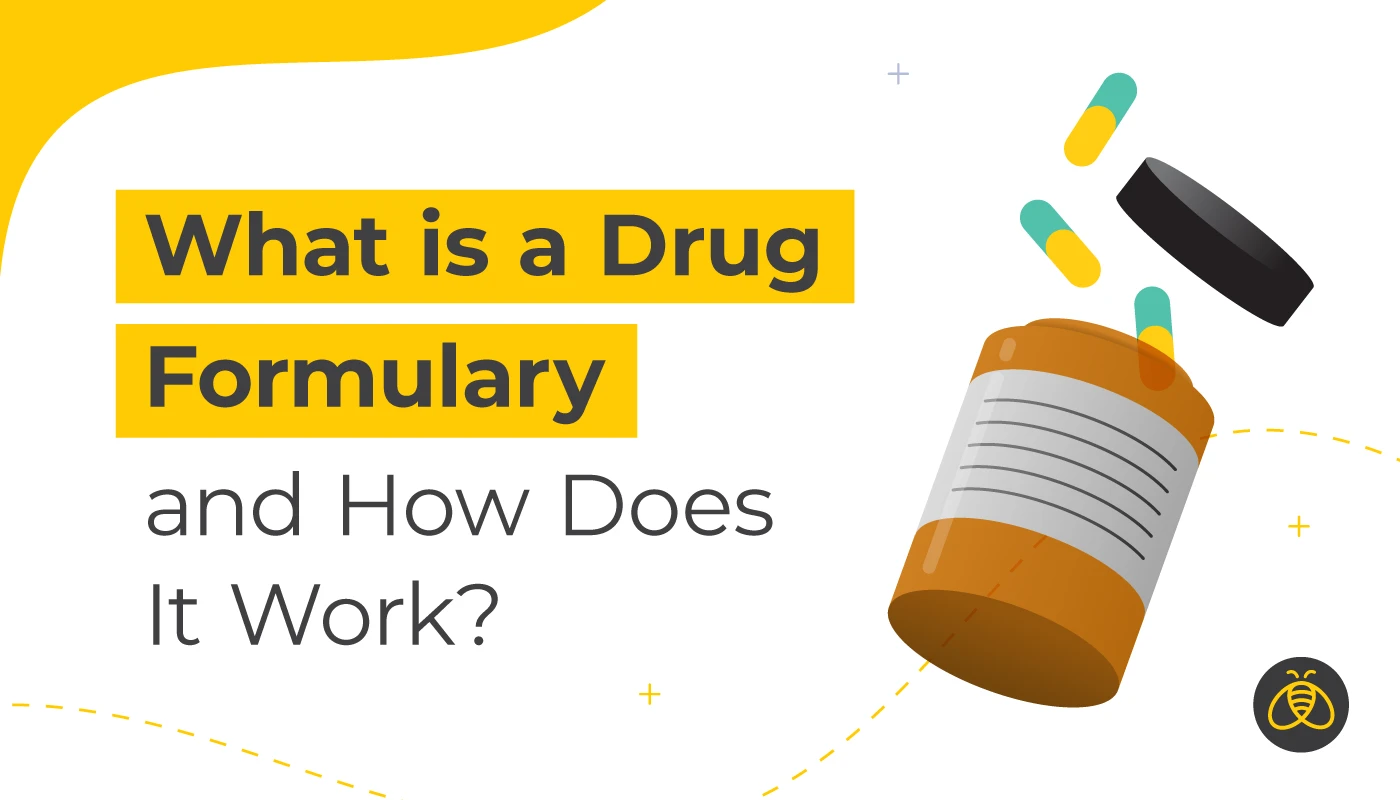What is a Drug Formulary and How Does It Work?
By: Benefits by Design | Tuesday January 24, 2023
Updated : Tuesday September 19, 2023
A drug formulary can help make a benefits plan more affordable and sustainable. Yet it may not be suitable for all groups or situations.
We’ll explain how they work, why we have them, and the implications for employees and employers.
What is a Drug Formulary and How Does It Work?
A drug formulary is essentially a list of drugs that are eligible for coverage under the prescription drugs coverage in an extended health plan. This includes both individual and group plans.
Group Health Insurance 101: What is Extended Health Care (EHC)?
Each insurance carrier has their own unique set of drug formularies. And each carrier has their own medical professionals (doctors and pharmacists) that help them determine this along with their underwriters. Approval for coverage is based on evaluations of each drug’s therapeutic advantage, safety standards, need, and cost effectiveness.
In the grander scheme, technically all plans have a drug formulary in the sense that there will be certain drugs that are specifically not covered or may require a prior authorization. However, for the purpose of this article, we will focus on specific drug formularies put in place to limit the prescription drugs that are eligible for coverage under an extended health plan.
When a prescription drug plan has a drug formulary, any drugs that are not on the list are not eligible for reimbursement by the insurer. There are often more restrictions for newer and high-cost drugs as well, and the plan will usually not cover brand name drugs either.
One of the more common drug formularies is a conditional formulary, which means that in order to be eligible for coverage, certain conditions must be met by the plan member.
Mandatory generic substitution is seen frequently on prescription plans, but it is not necessarily considered to be a drug formulary. This is because it is not a comprehensive list, rather it is instructions for the pharmacists and claims adjudicators.
Why Do Insurance Companies Have a Drug Formulary
It’s no secret that prescription drug costs are on the rise. Since 2017, prescription drug costs have risen by 28%. This is due to the rising cost of drugs overall plus the increase in availability and usage of high-cost drugs.
A drug formulary helps with the benefits plan claims experience since less expensive drugs are being charged to the plan. Meaning the total amount being reimbursed to the plan should be less.
They also provide different plan options to employers looking for ways to save, since adding a drug formulary to the plan design usually provides cost-savings on premium rates.
Drug Trends: The Use of Antidepressants – Overall Cost and Prevalence
Pharmacogenetic testing – what is it and what are the advantages?
What Are the Implications for the Employee
Employees will need to make sure a drug is covered prior to making a purchase if they want to submit it to the benefits plan. This means they might need to have their doctor alter their prescription in order to work within the drug formulary.
Another potential impact is that certain drugs an employee requires might not be covered. For example, if the generic version causes side-effects, the employee may need to use the brand name v. This would leave the employee out-of-pocket for drugs that may or may not be expensive.
If there is cost-sharing – the employee pays part of the premiums – then the employees will benefit from the lower premiums as well.
What Are the Implications for the Employer
As you may have noticed throughout, the main reason for implementing a drug formulary as part of an employee benefits plan is to save on premiums. Which in the long run means there is less likelihood of an increase at renewal. (Don’t hold us to that, though)
The caveat is if employees are not able to get a drug they need, they may see less value in their benefits plan. This in turn could worsen overall job satisfaction, and could eventually harm your company culture.
Employees can combat this by offering a Health Care Spending Account (HCSA) to help cover drugs that are not on the drug formulary. This also provides all employees a way to utilize the benefits if they do not require a prescription. And HCSA’s are always within budget.
There’s a lot to consider when deciding whether to add a drug formulary to your plan design. Since each company and their employees are unique, it really comes down to what you want to achieve in an employee benefits plan.


